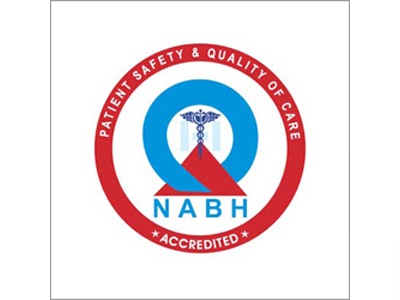New Study Reveals Critical Gaps in Health Insurance for India's Elderly
Better coverage leads to better vision outcomes, study shows.
Access the full paper here: https://www.sciencedirect.com/science/article/pii/S2772368225001118
A new study published in The Lancet Regional Health – Southeast Asia reports that a significant proportion of India's elderly population undergoing cataract surgery lacks adequate health insurance, leading to poorer visual outcomes and greater financial vulnerability. The research, spanning over a decade and involving nearly 40,000 patients, highlights a big decline in insurance uptake with increasing age, particularly among those over 80, despite recent government health insurance scheme coverage.
The study is a multicentre, retrospective cohort analysis of 38,387 patients who were over 70 years old, and underwent cataract surgery—the most common eye surgery and so, a proxy for eye health access--across four Indian states (Andhra Pradesh, Odisha, Telangana, and Karnataka). It found that only 16.07% had any form of insurance coverage. This limited coverage also declined with advancing age: from 17.5% among 70-74 year olds to less than 10% for those aged over 85 years, and 7.14% for those over 90. This finding illustrates that our oldest are disproportionately underserved by health insurance.
'We found that insurance uptake is unfirmly low across India’s elderly population, and the coverage declined dramatically in patients over 80 years of age. We noted that lacking insurance was associated with poorer visual outcomes following cataract surgery, as the insurance uptake may impact the quality of eye care received. This shows that universal health coverage through government insurance programmes is key to achieving health equity in our vulnerable populations,' states Dr. Raja Narayanan, one of the corresponding authors of this study.
The drop-off in private insurance for this group, from 13.32% at 70-74 years to 4.07% at over 90 years, coupled with a skew towards public insurance uptake as age increased. However public insurance remained between 3.33% and 4.21% across all age bands, revealing a systemic failure to provide adequate health insurance coverage to the most vulnerable. Existing mechanisms appear either inaccessible, unaffordable, or not perceived as beneficial by the elderly. Furthermore, a notable gender disparity was reported, with elderly males having higher insurance uptake (19.11%) compared to females (12.43%) across all the age groups.
The study also found that major government policy interventions, such as the Ayushman Bharat scheme (launched in 2018) significantly boosted overall insurance uptake, doubling it to over 20% for patients over 70 years. This policy change was the strongest predictor of insurance uptake for surgeries performed after 2018 compared to before. This demonstrates the positive impact of government policy on healthcare access, providing strong evidence for continued public insurance coverage.
Crucially, insurance coverage was directly associated with better visual outcomes post-cataract surgery; insured patients were 1.38 times more likely to achieve good visual outcomes than uninsured patients, especially among those over 80. However, disparities persist within the insured population: patients with government insurance faced longer median waiting times for surgery (18 days) compared to privately insured patients (11 days), with government approvals being three times slower. This extended to the quality of care, as privately insured patients were significantly more likely to receive modern foldable Intraocular Lenses (IOLs) (79.55%) compared to those with government insurance (53.46%).
'This study is powerful evidence that adequate insurance coverage improves the chances of receiving timely health care while also benefiting from superior outcomes. I would argue that these findings are true not just for cataract surgery, but for all forms of health intervention. Our national health policy should insure the many who are vulnerable to financial insecurity—this has the potential to reduce the burden of health care costs on them,' notes Dr Brijesh Takkar, consultant ophthalmologist at the L V Prasad Eye Institute and the first author of this study.
Interestingly, nearly all patients (184 out of 189) who were initially offered free, fully subsidized care chose to switch to government insurance before undergoing surgery.
Access the full paper here.


